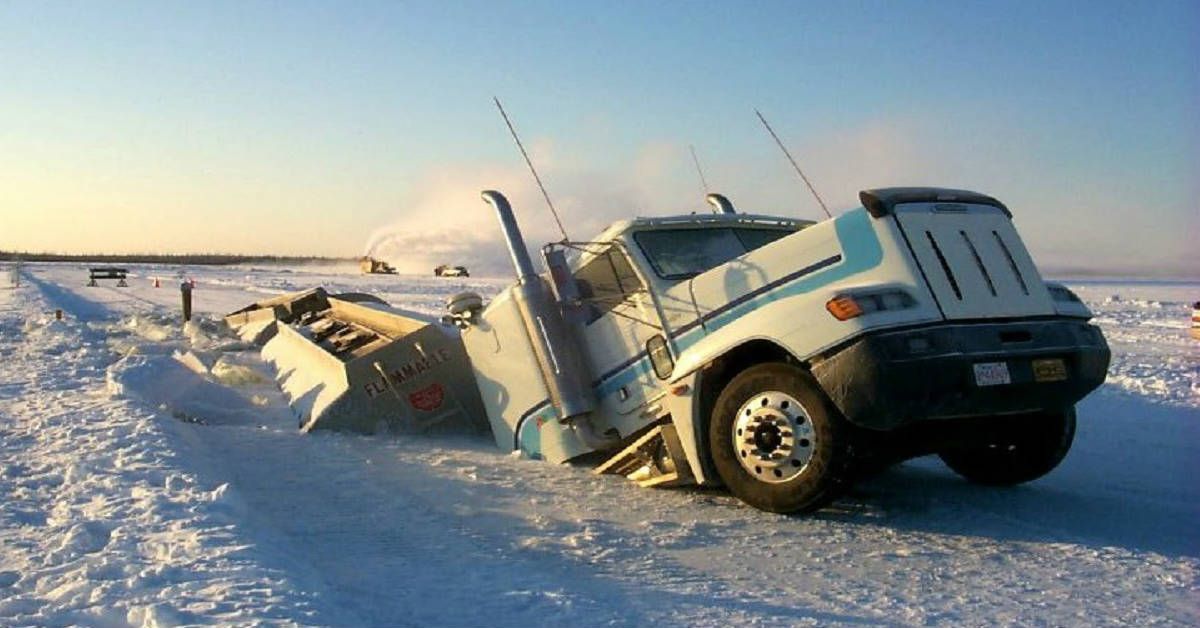The Siberian Ice Road is considered to be one of the world’s most dangerous transport routes. Spanning over 1,200 miles, this treacherous stretch of highway runs through remote and harsh terrain in Siberia, Russia. The road is only open for a few months each year when the ice is thick enough to support the weight of heavy vehicles.
Truck drivers who navigate the Siberian Ice Road face numerous hazards, including thin ice, hidden pockets of slush, and the risk of getting stranded in the middle of nowhere. The extreme climate and remote location make maintaining the road a difficult task. Accidents and breakdowns are common, and without the proper equipment and support, drivers can be stranded for days in the freezing wilderness.

Despite the dangers, the Siberian Ice Road is an essential lifeline for the communities it serves. It allows people in remote areas to transport supplies, food, and other essential goods. The road also provides access to resources like oil and gas, which are vital to the region’s economy.

The documentary “Mega Transports” provides a glimpse into the challenges and risks associated with the Siberian Ice Road. It showcases the extraordinary efforts and determination required to keep this lifeline open for those who depend on it. The documentary features interviews with truck drivers, road maintenance crews, and local residents, offering a unique perspective on life along this dangerous transport route.

In addition to the dangers faced by drivers on the Siberian Ice Road, there are also environmental concerns. The heavy trucks that travel on the road contribute to the degradation of the fragile Arctic ecosystem. The exhaust from these vehicles releases greenhouse gases into the atmosphere, which contribute to global warming.
Efforts are being made to reduce the impact of the Siberian Ice Road on the environment. For example, new technologies are being developed to create more fuel-efficient and environmentally friendly vehicles. In addition, alternative transport routes, such as railways and pipelines, are being considered as alternatives to the road.

Despite these efforts, the Siberian Ice Road remains a vital link for many communities in Siberia. The road provides a critical lifeline for people living in remote areas, and without it, access to essential goods and resources would be severely limited. As such, the risks associated with the road are often seen as a necessary trade-off for the benefits it provides.
Video: